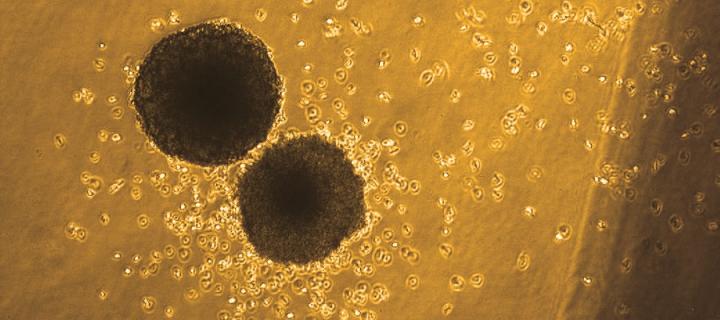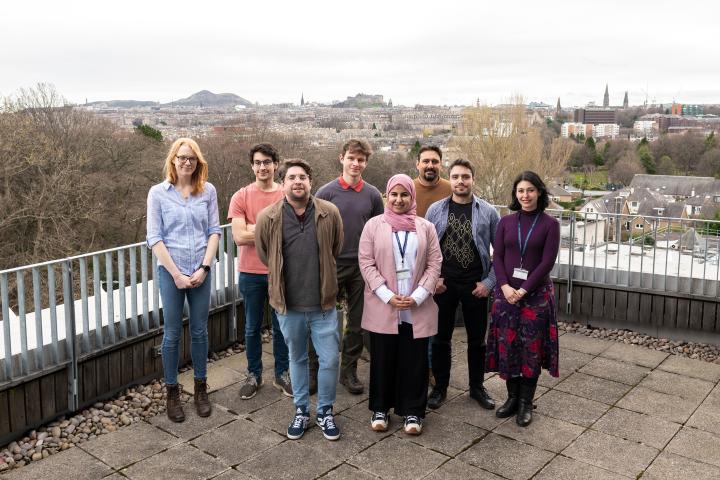Blood test could predict future risk of leukaemia
The collaborative study between the Universities of Edinburgh and Glasgow was co-lead by the Tamir Chandra Research Group and involved work by two Research Fellows from the Cross-Disciplinary Fellowships (XDF) Programme: July 2022.

A blood test could predict the risk of developing leukaemia in the elderly population years in advance by identifying changes in blood cell production, according to new research. By identifying those most at risk it should be possible to provide preventive or early treatment in the future to improve patient outcomes, experts say.
Leukaemia is often the result of the disruption to the fine balance in blood cell production where new cells are manufactured and old blood cells die.
As we age, mutations in blood stem cells can mean that the altered cells can have a growth benefit over other blood cells and outnumber them in what is referred to as fitness advantage.
Investigating changes
Researchers from the Universities of Edinburgh and Glasgow investigated how changes in fitness advantage that occur in blood production might provide clues to the risk of developing leukaemia depending on the type of mutation that occurs. The research also included work by two Research Fellows from our Cross-Disciplinary Fellowships (XDF) Programme, Eric Latorre Crespo and Lucy Martin, who are part of the Tamir Chandra Research Group.
We measured changes in the blood samples of 83 older individuals of the Lothian Birth Cohorts, taken every three years over a 12-year period. Using the combined knowledge of mathematicians, biologists and genome scientists, we set out to understand what these changes mean for our risk of developing leukemia as we grow older.
The Lothian Birth Cohorts 1921 and 1936 are longitudinal studies of brain, cognitive and general ageing which have followed up individuals every 3 years between the ages of 70 and 82 for the 1921 cohort and the ages of 79 to 92 for 1936.
Mutations
The team then combined these complex genomic data with a machine-learning algorithm to link different mutations with different growth speeds of blood stem cells carrying these mutations.
It was found that specific mutations give distinct fitness advantages to stem cells measured in people without leukaemia - this can then be used to forecast how quickly the mutated cells will grow, which determines leukaemia risk.
The team say that further research is needed to validate these results in a larger population due to the limited sample size in the current study.
To understand leukemia risk, we need to consider the balance between the different cells involved in blood cell production and how this balance changes as we grow older. By linking genomic data with machine learning we have been able to predict the future behaviour of blood cells based on the mutations they develop.
These findings have been published in the journal Nature Medicine. This research was funded by the Medical Research Council, Leukemia UK and Cancer Research UK.
The Lothian Birth Cohort receives funding from the Biotechnology and Biological Sciences Research Council, the Economic and Social Research Council, Age UK, Wellcome, the Royal Society, the Medical Research Council and the University of Edinburgh.
Links
Read the article in Nature Medicine
Find out more about the MRC Human Genetics Unit



